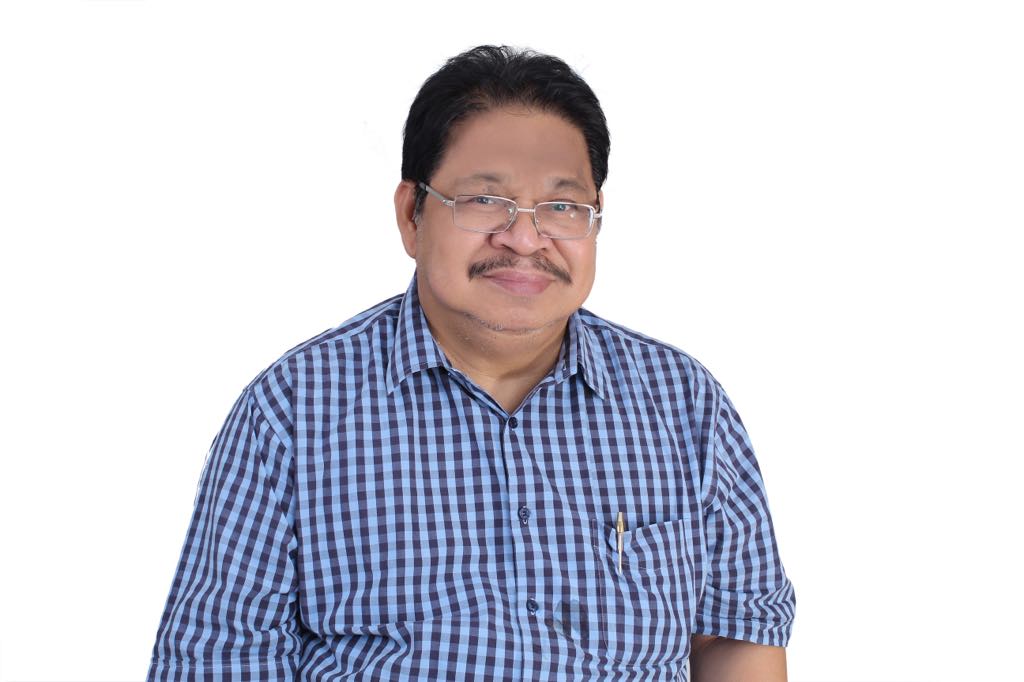
The Metro Manila Council composed of the 17 Metro mayors then unanimously approved a petition urging the DSWD and the Department of Finance to restore the original number of target cash aid beneficiaries in their cities. For instance, Quezon City has 700,000 qualified families but only 377,000 will be receiving assistance under SAP. The same is true for only 93,000 of Pasig’s 206,000 qualified families and 95,000 of Valenzuela’s 155,000 qualified families.
To solve the problem, the Department of the Interior and Local Government (DILG) released P30.824 billion as “Bayanihan Grant to Cities and Municipalities” to be used solely for programs related to the new coronavirus disease or COVID-19. The extra funding should make Metro mayors and poor families happy.
From a high of 538 confirmed infections on March 31, medical experts see an apparent “flattening of the curve” as the numbers have gone down in the last two weeks, with 220 reported on Easter Sunday.
This is being watched by decision makers who will use these figures for recommending either another extension or a modification of the enhanced community quarantine (ECQ). Health Secretary Francisco Duque III said that the Research Institute for Tropical Medicine and the health department’s Epidemiology Bureau will make a presentation today on these “flattening” numbers.
Some say the lower “positives” may be the initial benefit of the monthlong ECQ. Others insist that the peak of cases will happen in May or June.
Offering some consolation is the speed at which the government, with the help of the private sector, has increased its health-care capacities.
Inter-Agency Task Force for the Management of Emerging Infectious Diseases spokesperson Karlo Nograles says there are now 2,673 quarantine facilities nationwide with a capacity of 165,756 beds exclusively for probable patients who will be identified by contact tracing, then isolated and treated. This will unclog our present hospital system and allow front-liners to treat non-COVID-19 cases.
In the worst-case scenario, it is projected that we will need 39,000 hospital beds for severe COVID-19 cases, and 9,000 intensive care unit rooms for critical patients. A great challenge but hopefully, with the recent decline in cases, we may avoid this.
The Department of Health says mass testing is now in high gear with nearly 3,000 tests a day and so far, nearly 40,000 unique individuals have been covered.
The present numbers also indicate that the cases are concentrated only in Luzon, specifically in Metro Manila and the Calabarzon (Cavite, Laguna, Batangas, Rizal and Quezon) region. Luzon accounts for 4,360 cases or 94 percent of the total. The entire island of Mindanao has 137 cases (3 percent) while Visayas has 89 cases (2 percent).
Of the 297 fatalities, 88 percent are from Luzon (94) and Metro Manila (167). Mindanao has 20 fatalities (7 percent) while Visayas has 16 (5 percent).
With 17 days to go before the ECQ ends on April 30, our personal and economic sacrifices as “locked-down citizens” of Luzon and Metro Manila will probably bear fruit.
I will not be surprised if the President imposes a modified, location-specific quarantine as a result.

